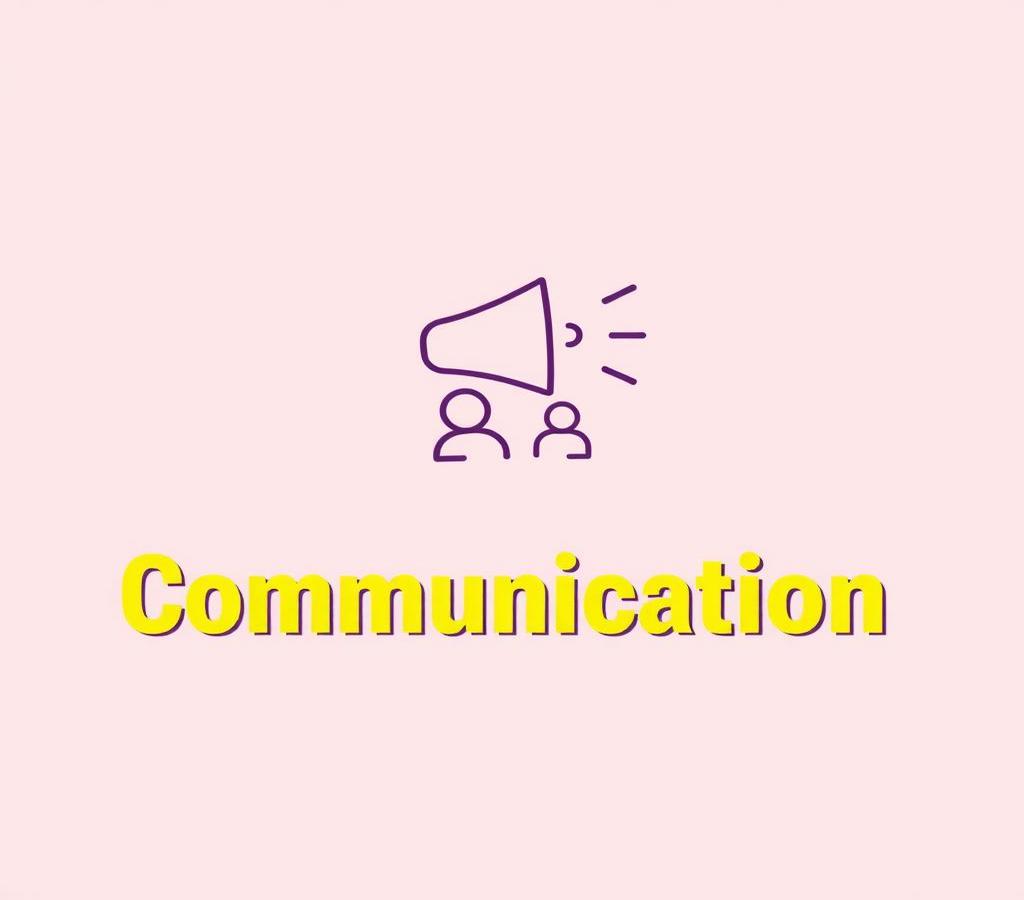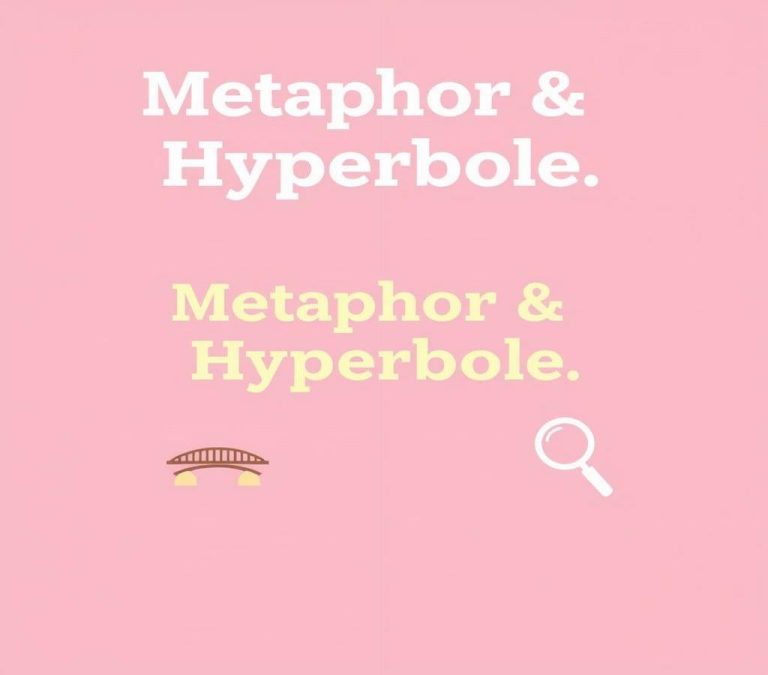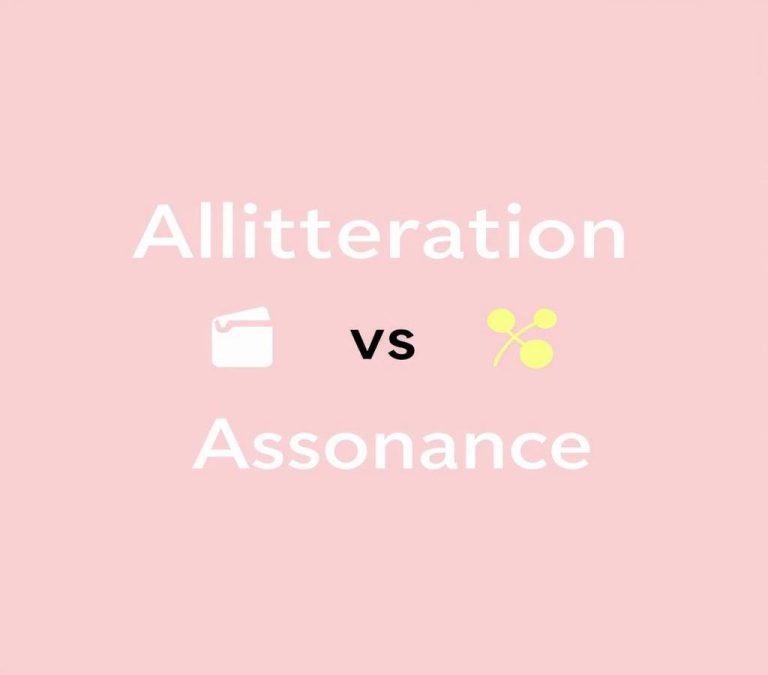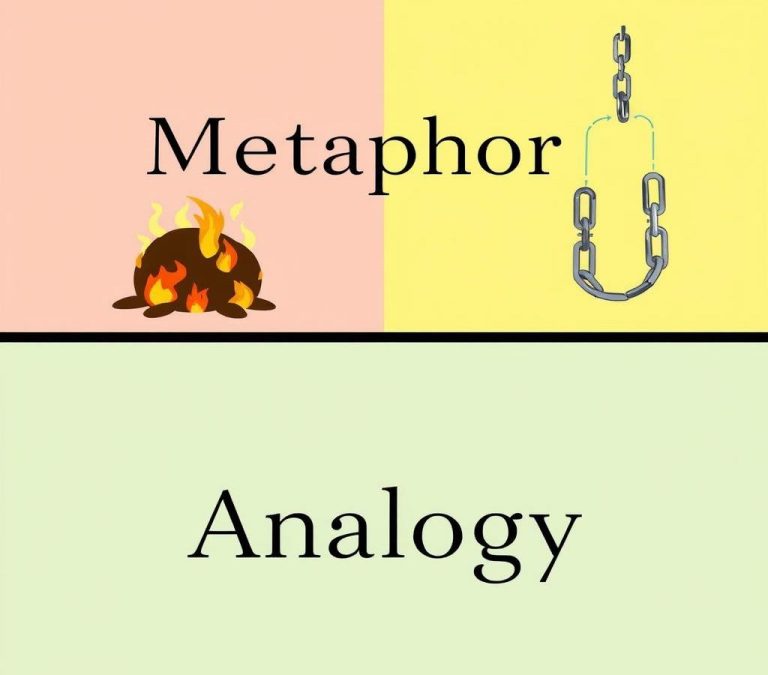Letter vs. Alphabet: Grammar Usage & Writing Tips
Letters or alphabets are basic building blocks of written language. Each letter has its unique shape, sound, and position in the alphabet series. Despite their simplicity, these letters carry weight in communication. Small changes in letters can alter meanings, affect pronunciation, or modify grammar. This article explores how these differences in letters and alphabets impact various languages and their usage.
Quick Answer
The key difference between a letter and an alphabet is that a letter is a single symbol or character in a writing system, whereas an alphabet is a collection of letters used to write and represent sounds in a language. In other words, an alphabet is a set of letters that make up a writing system.
Why There is Confusion
The terms “letter” and “alphabet” often lead to confusion, not just among those learning new languages, but also among native speakers. This confusion arises because both terms are related to language and writing, but they refer to different concepts. Understanding these differences is important for clear communication and effective learning. People commonly use these terms interchangeably without realizing that doing so might misrepresent the intended meaning. To clarify these differences, it’s essential to break down the definitions, usages, and aspects that set “letter” and “alphabet” apart.
What Does Alphabet Mean?
The word “alphabet” refers to a set of letters or symbols in a fixed order, used to represent the basic sounds of a language. The term itself originates from the first two letters of the Greek alphabet, “alpha” and “beta.” Different languages have different alphabets; for instance, the English alphabet consists of 26 letters, while the Arabic alphabet has 28 letters, and the Russian Cyrillic alphabet has 33 letters.
An alphabet is a complete collection used to generate words, sentences, and larger bodies of text. It is integral to the structure of a language, providing a standardized way to write down and communicate its sounds.
What Does Letter Mean?
A “letter” is an individual symbol in an alphabet. It is a basic unit of a writing system that represents a consonant, vowel, or a combination of sounds. For example, ‘A’, ‘B’, ‘C’, and ‘D’ are all letters in the English alphabet. Each letter has its own distinct sound and role in forming words.
The function of a letter is to build blocks for
words and sentences. While alphabets provide a roster of these symbols, letters are their individual components. Just as bricks are to a building, letters are to alphabets.
Differences of “Letter or Alphabet Difference”
Difference in Definition
The primary difference is that an “alphabet” is a complete set of letters or characters organized in a specific sequence. It’s the collective name for all the letters used to write a language. A “letter,” on the other hand, is one of these individual characters or symbols in the alphabet. Essentially, an alphabet is a collection, while a letter is a unit within that collection.
Difference in Usage
The term “alphabet” is often used in contexts where the entire set of letters is being discussed. For instance:
- “The English alphabet has 26 letters.”
- “Children learn the alphabet in kindergarten.”
The term “letter,” however, is used when referring to individual characters:
- “The letter ‘A’ is the first letter of the alphabet.”
- “How many letters are in your name?”
Understanding this difference in usage can help eliminate confusion in communication and ensure clarity.
Difference in Parts of Speech
In terms of grammatical classification, “alphabet” is a noun that represents a collection, while “letter” is also a noun but signifies a singular unit. This distinction is subtle but important. For example:
- “Alphabet” as a noun: “She recited the alphabet in front of the class.”
- “Letter” as a noun: “He carved his initials using the first letter of his name.”
These nuances can change the meaning of sentences and require different grammatical treatments.
Synonyms of “Letter or Alphabet Difference”
While synonyms directly related to these terms are rare, there can be alternative expressions that convey similar meanings:
- “Characters” as a synonym for “letters”: “The password must contain both numbers and letters.”
- “Script” or “system of writing” as an informal synonym for “alphabet”: “The Cyrillic script is used in many Slavic languages.”
Using synonyms carefully helps in avoiding redundancy and adds variety to communication.
Alternative Terms for “Letter or Alphabet Difference”
Instead of directly talking about the “difference” between “letter” and “alphabet,” other educational terms can be useful:
- “Orthographic symbols” when referring to the written aspect of letters.
- “Graphemes” representing the smallest units in a writing system.
These alternative terms are often used in linguistics and educational contexts to describe similar concepts more accurately or professionally.
Examples of Usage of Letter or Alphabet Difference
To provide a clearer picture, let’s explore some practical examples:
Example 1:
- “Jessica learned the entire English alphabet by the age of three. She could recognize every letter individually.”
This sentence illustrates both “alphabet” as the complete set and “letter” as individual units within the set.
Example 2:
- “The teacher asked the students to write each letter of the alphabet on separate pieces of paper.”
Here, the exercise involves understanding that ‘alphabet’ is the collective term for all the letters that need to be written down individually.
Example 3:
- “Can you name all the letters in the Hebrew alphabet?”
This example combines both terms to highlight the need to identify individual characters within a complete set.
Conclusion: Understanding the Nuances of Letter or Alphabet Difference
Grasping the difference between “letter” and “alphabet” is essential for effective communication and language learning. While they are closely related, their meanings, usages, and grammatical roles are distinct. An alphabet is a comprehensive set of characters used in a language, and a letter is one such character within that alphabet. By understanding these nuances, individuals can improve their linguistic skills and avoid common misunderstandings. Whether you are a native speaker or someone learning a new language, appreciating these differences enriches your comprehension and enhances your ability to communicate clearly.







